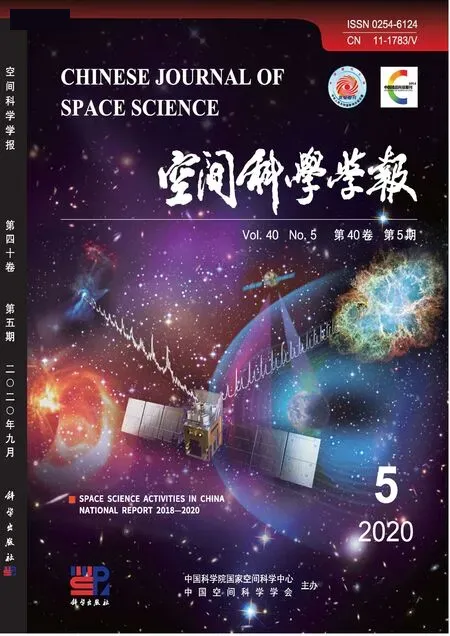Progress Report on Insight-HXMT: China’s First X-ray Astronomy Satellite
2020-04-16ZHANGShuangnan
ZHANG Shuangnan
Progress Report on Insight-HXMT: China’s First X-ray Astronomy Satellite
ZHANG Shuangnan
(100049)
Insight-HXMT is China’s first X-ray astronomy satellite. It was launched on 15 June 2017 and is currently in service smoothly. Insight-HXMT has been used to scan the Galactic plane repeatedly, making pointing observations to neutron stars and black holes, and monitor the whole sky continuously in the MeV band. Insight-HXMT is also very flexible in making ToO observations, with the response time from about 3 hours to within a day. So far more than 50 refereed publications have been made with data from its observations; many more publications have used the data or results of Insight-HXMT one way or another. The scientific impacts of Insight-HXMT have been growing rapidly since launch. We expect Insight-HXMT to continue to operate for several more years.
X-ray astronomy, Black holes, Neutron stars,Gamma-Ray Bursts (GRBs)
1 Mission Overview
Insight-HXMT, shown in Figure 1, is China’s first X-ray astronomy satellite. It was launched on 15 June 2017 and is currently in service smoothly[1]; the nominal mission lifetime is 4 years. There are three main instruments onboard Insight-HXMT, the high energy X-ray telescope (20~250 keV for pointing observations and 0.2~3 MeV for all-sky monitoring, 5100 cm2)[2], the medium energy X-ray telescope (8~35 keV, 952 cm2)[3], and the low energy X-ray telescope (1~12 keV, 384 cm2)[4]. The effective areas of the three X-ray telescopes for pointing observations are shown in Figure2. For all-sky monitoring, the effective areas of the HE/CsI in two modes are shown in Figure3, in comparison with most of the other all-sky monitors in similar energy bands.
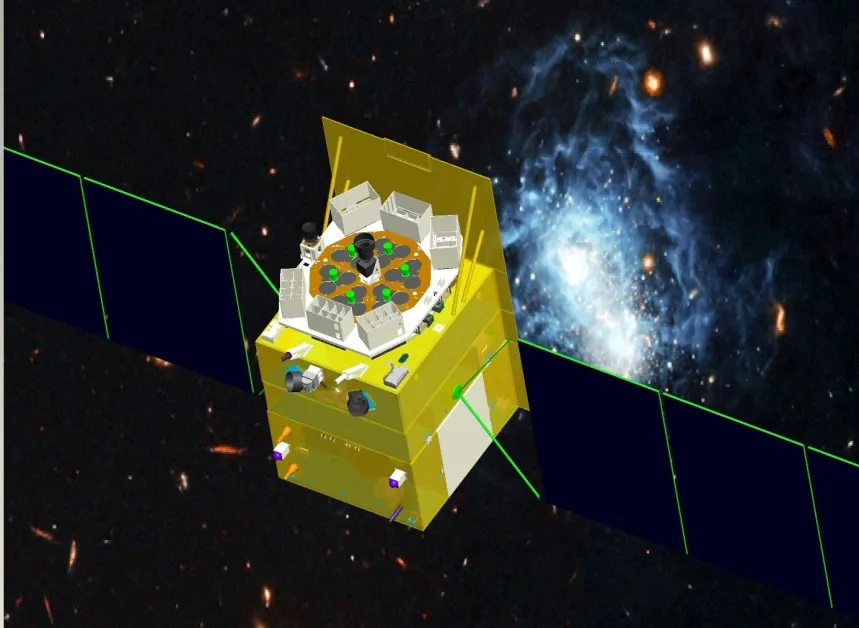
Fig.1 A cartoon of Insight-HXMT
The main scientific objectives of Insight-HXMT are: (i) to scan the Galactic Plane to find new transient sources and to monitor the known variable sources; (ii) to observe X-ray binaries to study the dynamics and emission mechanism in strong gravitational or magnetic fields; (iii) to monitor and study Gamma-Ray Bursts (GRBs) and Gravitational Wave Electromagnetic counterparts (GWEM).

Fig.2 Effective areas of the three telescopes (HE, ME and LE) of Insight-HXMT for pointing observations[1]
2 Highlights of Insight-HXMT’s Scientific Results
2.1 Galactic Plane Scanning Survey and Source Monitoring
Insight-HXMT has better capability in sky survey for weak and variable sources than other hard X-ray telescopes, thanks to its large effective area and narrow field of view in hard X-ray band. It will perform deep and high cadence survey of hard X-ray transient sources in the galaxy, produce the catalog of hard X-ray sources in the galaxy, and find some new hard X-ray variable sources or new phenomenon of hard X-ray emission. By 28 November 2019, Insight-HXMT has carried out 1322 small sky area scanning survey, which had fully covered the Galactic plane[6](Figure4); so far Insight-HXMT has been monitoring more than 2128 known sources. Figure5 shows the result of an individual scanning observation.

Fig.3 Effective areas of Insight-HXMT/CsI and other gamma-ray monitors in operation. An averaged effective area over the unocculted sky is plotted for Fermi/GBM (NaI)[5]
1.1 New Window to Explore Black Holes and Neutron Stars with High Energy Timing and Spectral Observations
Insight-HXMT has a very wide energy band (1~250 keV) that covers both soft and hard bands of X-ray binaries. HE (20~250 keV) has the largest effective area among the space telescopes with narrow Field of View (FOV), which is an advantage in observing the X-ray binary outbursts and evolution in low/hard spectral state. Its soft X-ray band covers the energy as low as 1 keV and has adequate energy and time resolution. It can avoid the problem of detector saturation (photon pile-up) when observing bright sources, and has advantages in observing bright sources in soft X-ray energy band and outbursting sources in high/soft spectral state. Thus, Insight-HXMT will bring broad-band and high statistical observation samples for bright and outbursting sources in 1~250 keV. Such results can be used to study systematically on each spectrum of outburst and evolution of an X-ray binary, such as the low/hard state and high/soft state, to study the basic properties of a BH, the accretion disk behavior near its horizon, and to measure its spin. It will also help us to understand the basic characteristics of NSs, to study the magnetospheric characteristics and measure the magnetic field strength of NSs surface. For the overview on the mission and recent progress please refer to Ref.[1].

Fig.4 Exposure map of the Galactic plane survey[6]
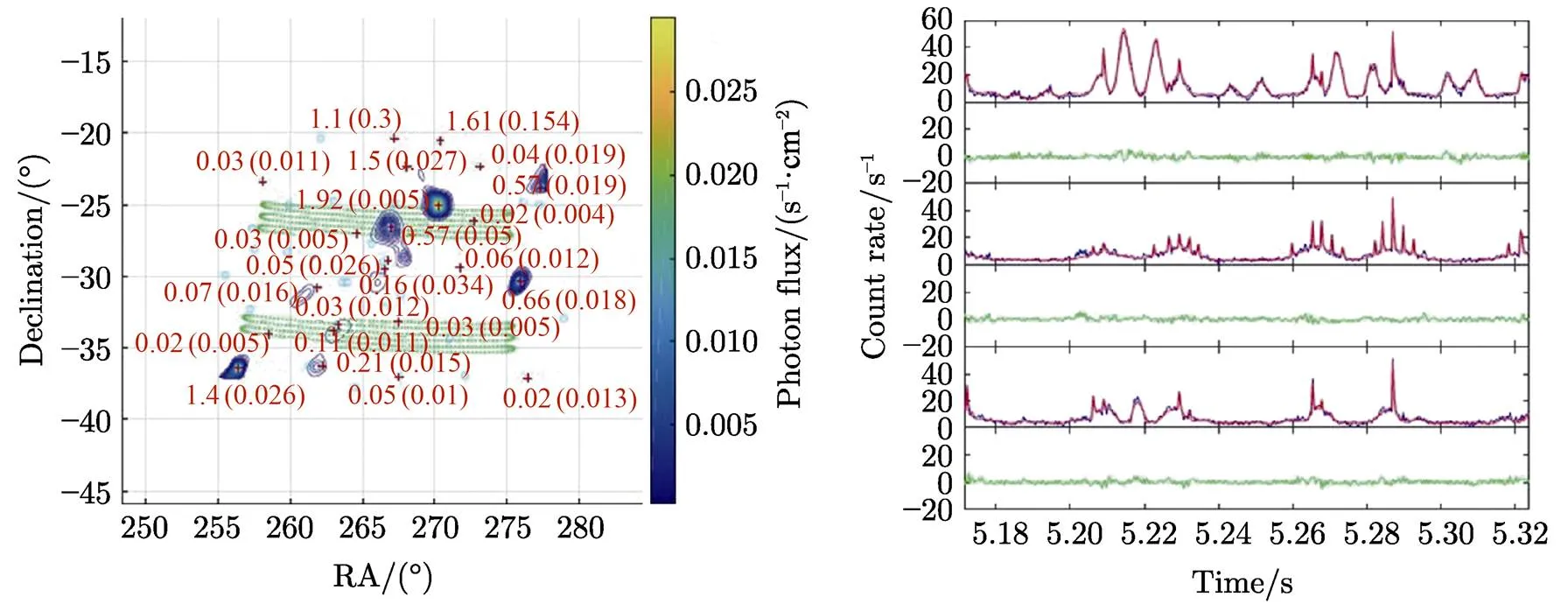
Fig.5 Data processing result of an individual scanning observation with an improved direct demodulation method.
(a) is the reconstructed sky map, while (b) is the comparison between the observed and predicted count rates in three groups of LE detectors with three different orientations[7]
Figure6 shows the RMS of the type-C Quasi- Periodic Oscillation (QPO) as a function of photon energy from the black hole X-ray binary candidate MAXI J1535-571 observed by Insight-HXMT[8]. It is the first time for Insight-HXMT to extend the RMS-energy study to the whole 1~100 keV energy band; previously the highest energy reached is around only 30 keV. The highest energy QPO (above 200 keV) was discovered with Insight-HXMT in the new black hole X-ray binary MAXI J1820+070[9](Figure7). The phase lag of the LFQPO is constant around zero below 30 keV, and becomes a soft lag above 30 keV. The soft lag gradually increases with energy and its maximum value is 1.3 s in the 150~200 keV band. The detection at high energies, the large soft lag, and the energy dependent behaviors of the LFQPO pose a great challenge for most currently existing models. These findings suggest that the LFQPOs probably originate from the precession of a small-scale jet[9]. Insight-HXMT observed the outburst of GRO J1008-57 and measured the CRSF line at around 85 keV at a significance more than 20 sigma[10](Figure8). Such a detection reveals so far the highest centroid energy that is measured directly from the NS system.

Fig.6 RMS of Type-C QPO as a function of the photon energy of the BH candidate MAXI J1535-571 observed by Insight-HXMT. The results of LE, ME and HE are plot as black, blue and red dots, respectively[8]
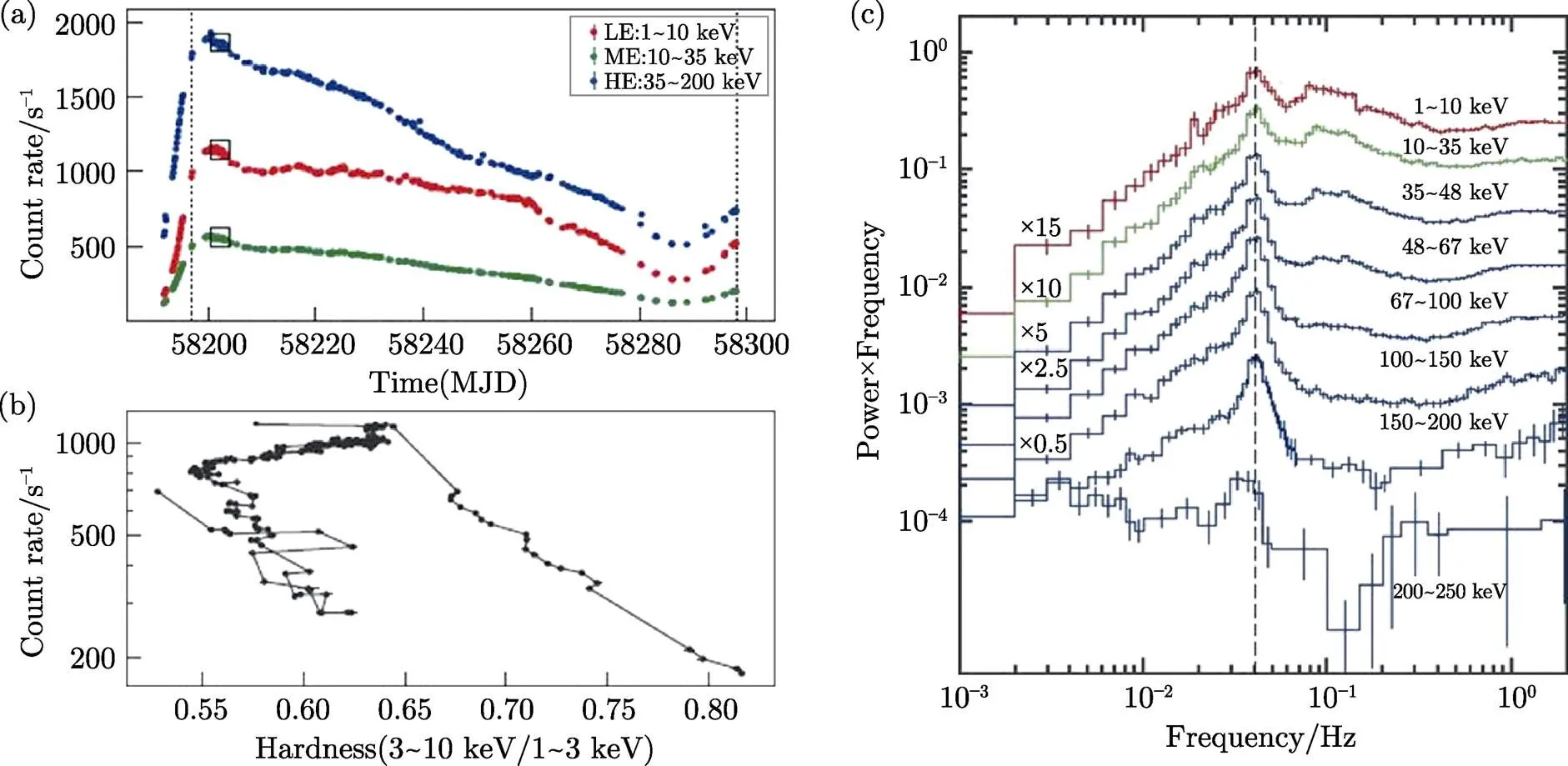
Fig.7 Highest energy QPO discovered in MAXI J1820+070[9]
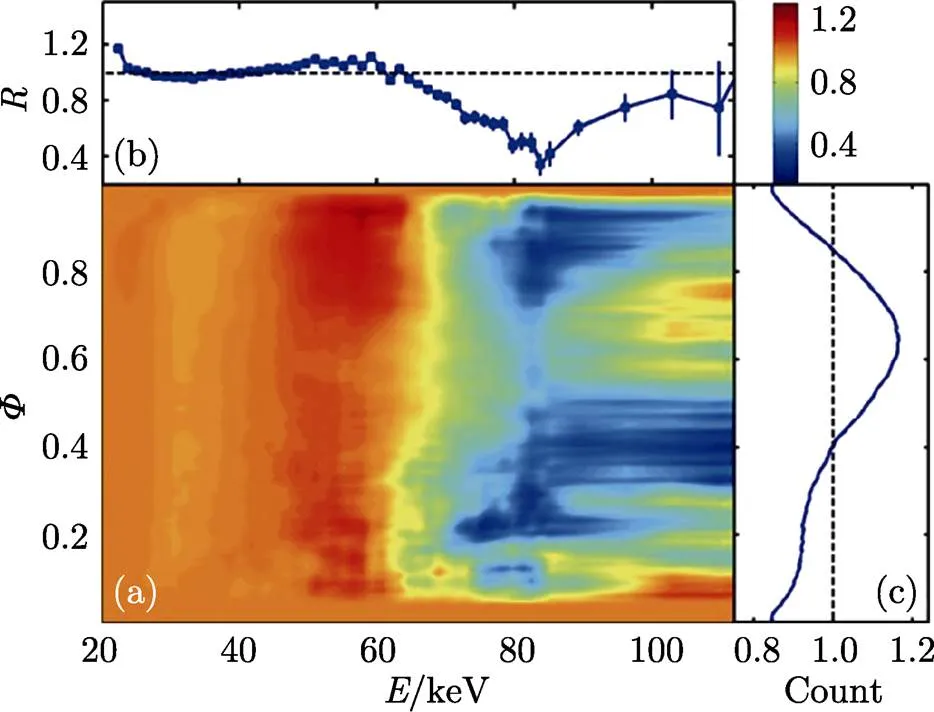
Fig.8 CRSF around 80 keV detected in GRO J1008-57 with Insight-HXMT[10]
Type I X-ray bursts are thermonuclear explosions that occur on the surface of accreting NS in binary systems, which usually lasts for dozens to hundreds of seconds. Previous results from other satellites/telescopes had suggested a cooling corona during the thermonuclear bursts, based on the data combined by tens to hundreds of bursts. However, with Insight-HXMT observation, the cooling corona phenomenon had been found in a single burst of the NS X-ray binary 4U 1636-536. It is the first time that the decrease of hard X-ray emission has been found in the spectra of Type I burst on a time scale of seconds, as shown in Figure9[11].
Concerning Z- and atoll-sources, although for Sco X-1 the kilo Hz QPO has been detected already, its origin remains a puzzle in the last 20 years, partially because of no detection of the kilo Hz QPO at high energy. Insight-HXMT detected for the first time the kilo Hz QPO from Sco X-1 at energy above 20 keV. Since X-rays at energy above 20 keV are not likely dominated by the disk emission, such a detection challenges the current popular kilo Hz QPO models[12](Figure10).
Insight-HXMT observed thoroughly the outburst of the first Galactic Ultra-Luminous X-ray source (ULX) Swift J0243.6+6124. The accumulated high cadence observations and high statistic data allow for systematical study of the source property, especially on the NS accretion and spin evolution. These studies revealed that near two critical luminosities the source was observed to have transitions in pulse profile, power spectrum, and energy spectrum[13](Figure11). The transition at higher critical luminosity denotes the transform of the disk accretion mode from gas pressure to radiation pressure dominated disk, which is consistent with the theoretical prediction made half a century ago. Similar behavior was detected as well in the HXMB 2S 1417-624[14].
1.2 MeV Gamma-ray All-sky Monitoring for Explosive Events
As shown in Figure3, Insight-HXMT is the most sensitive all-sky monitor currently in operation, in the MeV energy region with modest energy resolution but excellent timing resolution. Insight-HXMT contributed to the observations of the electromagnetic counterpart of the first double neutron star merging event producing the GW20170817A gravitational event[15,16]. However, it does not have an in-flight trigger and real-time downlink, and thus all GRBs are found by the ground search of the CsI event data. Both blind search and targeted search have been implemented in the GRB processing pipeline. By using a much finer search parameter, the targeted search could find weaker GRBs than blind search. In general, the Insight-HXMT detection sensitivity to GRB prompt emission (in 0.2~3 MeV) could reach about 8×10–8erg·cm–2(10~1000 keV), as shown in Figure12.
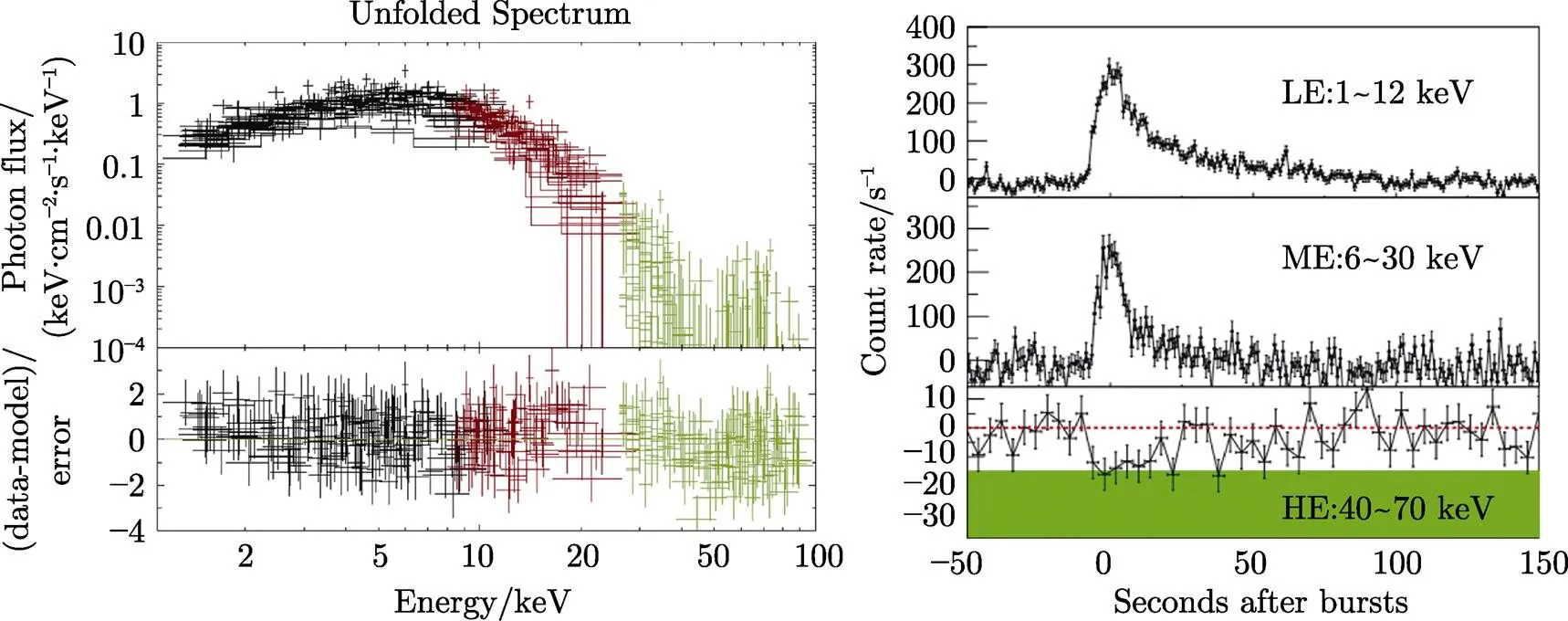
Fig.9 Spectrum and light curves of Type-I X-ray burst of 4U 1636-536[11].
(a) Vertical axis is flux, (b) vertital axis is counts per second

Fig.10 High energy QPOs in Sco X-1 observed with Insight-HXMT[12]

Fig.11 Outburst evolution of the Galactic ULX Swift J0243.6+6124 monitored by Insight-HXMT[13], where MJD stands for Modified Julian Date
Since event data is recorded for CsI detector, the time accuracy of gamma-ray monitoring data is about several microseconds. In addition, CsI detector has an effective area of thousands square centimeters, which allows CsI to measure the fine temporal features of GRBs in MeV band. Figure13 gives the Light curve of GRB170904A detected by Insight-HXMT/HE CsI detector.

Fig.12 GRBs jointly detected by Insight-HXMT and Fermi/GBM. Those GRBs in green could be found by both blind search and targeted search, while red ones are only revealed by targeted search
Insight-HXMT can also monitor the MeV pulsars with this gamma-ray all-sky monitoring observationscenario. Especially, Gamma-ray emission from the Sun and the Earth could be monitored as well, including Solar Flares and Terrestrial Gamma-ray Flash (TGF).
TGF is a very short period (about 0.1 ms) of gamma-ray emission produced in the lightning process. Insight-HXMT can detect about 100 TGFs per year. The observation data of a typical TGF is shown in Figure14. Figure15 is the distribution of sub-satellite points of Insight-HXMT when TGFs were detected. MostTGFs were produced in the active region of lightning.

Fig.13 Light curve of GRB170904A detected by Insight-HXMT/HE CsI detector. Fine temporal features (e.g. spikes) are seen with high statistics
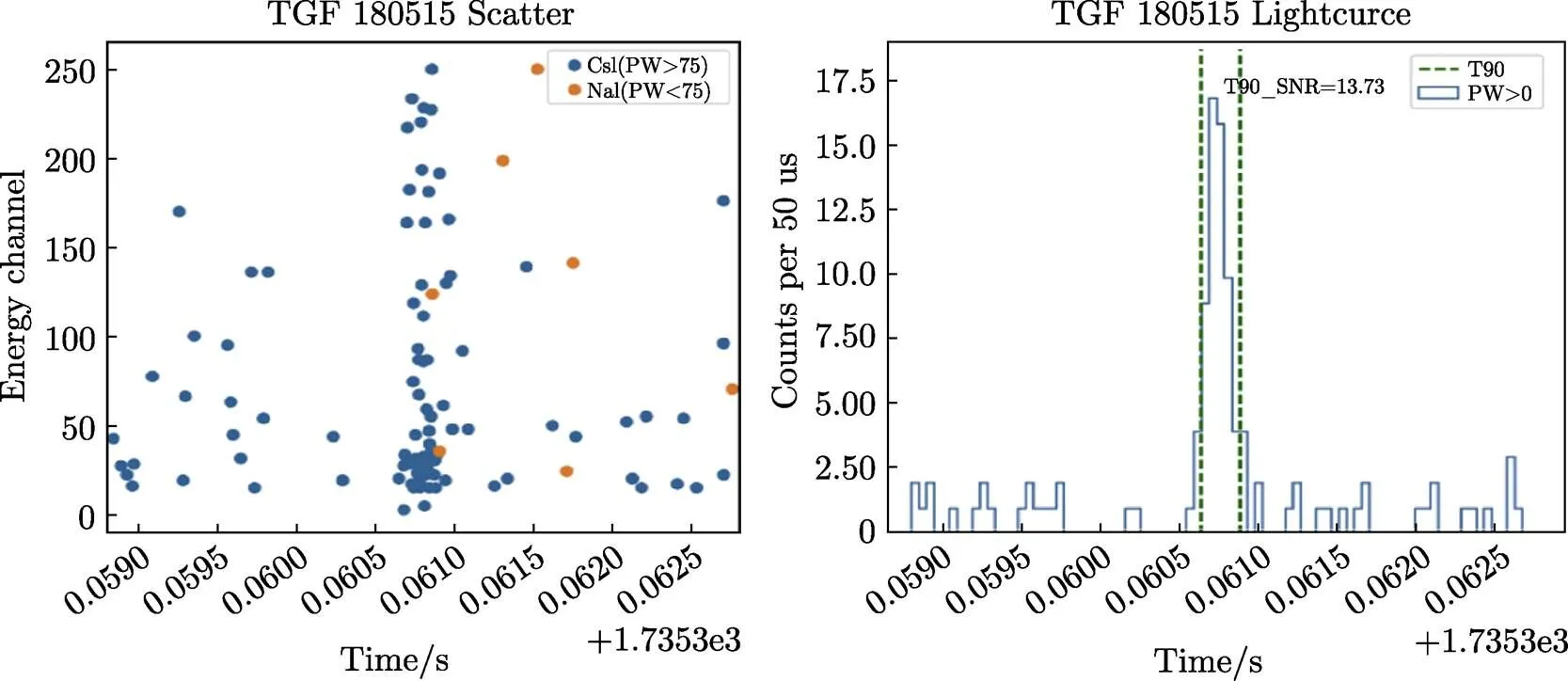
Fig.14 Observation data of TGF180515. (a) Scatter plot of event data. (b) Light curve of the TGF. Dashed green lines indicate the time interval of T90
Finally, it should be pointed out that Insight-HXMT is very flexible in making ToO observations, either pre-approved or, with the response time from about 3 h to within a day. So far more than 30 refereed publications have been made with data from its observations; many more publications have used the data or results of Insight-HXMT one way or another. Figure16 shows all publications in which HXMT was mentioned. It is evident that the scientific impacts of Insight-HXMT have been growing rapidly since launch on 15 June 2017. Currently, all its instruments are performing normally and there are no consumables onboard and satellite’s orbit can be maintained for about five more years. We therefore expect Insight-HXMT to continue to operate for several more years.

Fig.15 Distribution of sub-satellite points of Insight- HXMT when TGFs were detected. Red blocks are TGFs with lightning association while white dots are without lightning association

Fig.16 Yearly publications in which HXMT was mentioned explicitly (From https://ui.adsabs.harvard.edu/, searched on 25 August 2020 with full text HXMT since 2006)
[1] ZHANG S N, LI T P, LU F J,. Overview to the hard X-ray modulation telescope (Insight-HXMT) satellite [J]., 2020, 63(4):249502
[2] Cao X L, Jiang W C, Meng B,. The Medium Energy (ME) X-ray telescope onboard the Insight-HXMT astronomy satellite [J].2020, 63(4):249504
[3] LIU C Z, ZHANG Y F, LI X F,. The High Energy X-ray telescope (HE) onboard the Insight-HXMT astronomy satellite [J].., 2020, 63(4):249503
[4] CHEN Y, CUI W W , LI W,. The Low Energy X-ray telescope (LE) onboard the Insight-HXMT astronomy satellite [J].., 2020, 63(4):249505
[5] LUO Q, LIAO J Y, XIONG S L,. Calibration of the instrumental response of Insight-HXMT/HE CsI detectors for gamma-ray monitoring [J]., 2020, 27:1-13
[6] SAI N, LIAO J Y, LI C K,. Methodology and performance of the two-year galactic plane scanning survey of Insight-HXMT [J]., 2020, 26:1-10
[7] GUAN J, LU F J, ZHANG S,. A modified direct demodulation method applied to Insight-HXMT Galactic plane scanning survey [J]., 2020, 26:11-20
[8] HUANG Y, QU J L, ZHANG S N,. INSIGHT-HXMT observations of the new black hole candidate MAXI J1535-571: timing analysis [J]., 2018, 866:122
[9] MA X,. Discovery of oscillations above 200 keV in a black-hole X-ray binary with Insight-HXMT [J]., 2020 (in press)
[10] GE M Y, JI L, ZHANG S N,. Insight-HXMT firm detection of the highest-energy fundamental cyclotron resonance scattering feature in the spectrum of GRO J1008-57 [J]., 2020, 899(1):L19
[11] CHEN Y P, ZHANG S, QU J L,.Insight-HXMT observations of 4U 1636-536: corona cooling revealed with single short Type-I X-Ray burst [J]., 2018, 864:L30-L35
[12] JIA S M, BU Q C, QU J L,. Insight-HXMT studies of the timing properties of ScoX-1 [J]., 2020, 25:1-9
[13] DOROSHENKO V, ZHANG S N, SANTANGELO A,. (Insight-HXMT team) hot disk in swift J0243 revealed by HXMT-Insight [J]., 2020, 491:1857-1867
[14] JI L, DOROSHENKO V, SANTANGELO A,. Timing analysis of 2S 1417-624 observed with NICER and Insight-HXMT [J]. 2020,, 491:1851-1856
[15] Abbott B P, Abbott R, Abbott T D,. Multi-messenger observations of a binary neutron star merger [J]., 2017, 848:L12-L71
[16] LI T P, XIONG S L, ZHANG S N,. Insight-HXMT observations of the first binary neutron star merger GW170817 [J]., 2018, 61(3):031011
V474, P111
ZHANG Shuangnan. Progress Report on Insight-HXMT: China’s First X-ray Astronomy Satellite., 2020, 40(5): 655-661. DOI:10.11728/cjss2020.05.655
March 22, 2020
E-mail: zhangsn@ihep.ac.cn
